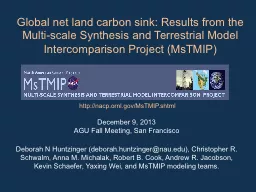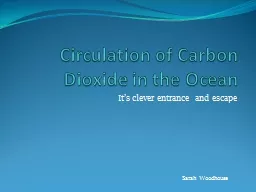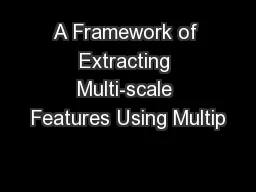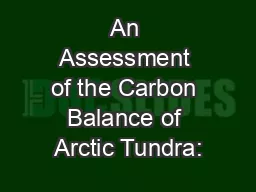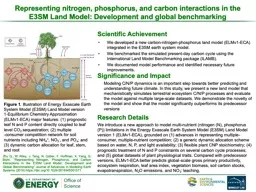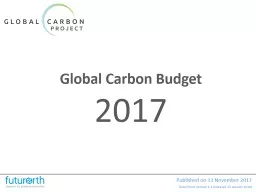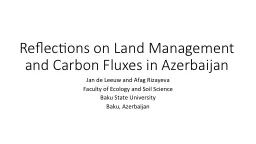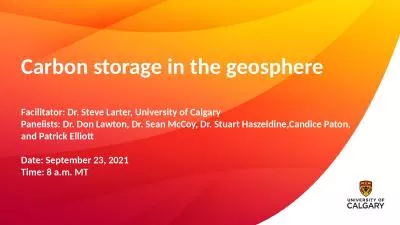PPT-Global net land carbon sink: Results from the Multi-scale S
Author : debby-jeon | Published Date : 2017-06-25
Intercomparison Project MsTMIP December 9 2013 AGU Fall Meeting San Francisco Deborah N Huntzinger deborahhuntzingernauedu Christopher R Schwalm Anna M
Presentation Embed Code
Download Presentation
Download Presentation The PPT/PDF document "Global net land carbon sink: Results fro..." is the property of its rightful owner. Permission is granted to download and print the materials on this website for personal, non-commercial use only, and to display it on your personal computer provided you do not modify the materials and that you retain all copyright notices contained in the materials. By downloading content from our website, you accept the terms of this agreement.
Global net land carbon sink: Results from the Multi-scale S: Transcript
Download Rules Of Document
"Global net land carbon sink: Results from the Multi-scale S"The content belongs to its owner. You may download and print it for personal use, without modification, and keep all copyright notices. By downloading, you agree to these terms.
Related Documents

